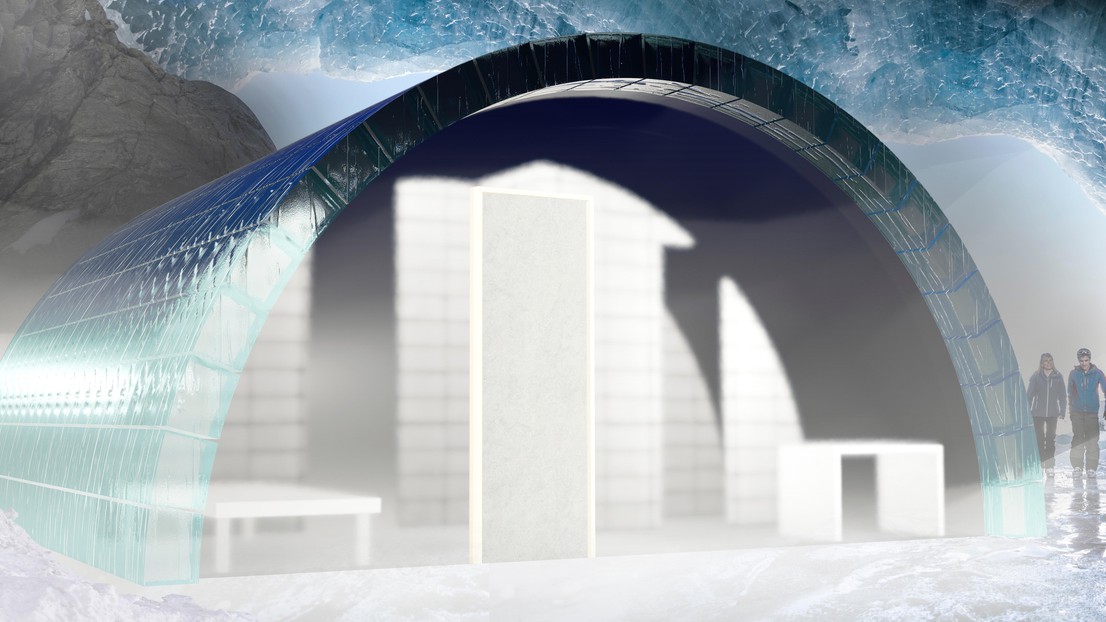There’s something romantic about the idea of living on the moon. But a huge number of human and technological challenges will have to be overcome first. These challenges are just what students from 13 universities in nine different European countries have been working on since the start of the academic year. They are members of a pioneering project called IGLUNA that is being run by the EPFL-based Swiss Space Center under the European Space Agency’s ESA_Lab pilot project.
In mid-January – halfway through the project – the participants met up at CERN. All 19 teams, including four from EPFL, attended. In addition to providing progress reports, they were able to fine-tune their work thanks to discussions with the other teams. Their goal is to have a seamless fit among the systems they are developing, as they work together towards a common goal: to demonstrate the feasibility of creating a habitat in the ice of the moon’s poles where astronauts could be housed for short- or long-term missions. The results of their year-long collaborative effort will be put on public display in June, in one of the cavities of the ice palace in the Petit Cervin glacier in Zermatt.
“This initiative is very inspiring,” says Bernard Foing, the IGLUNA project supervisor. “Not only is it teaching people about space-related issues, it is also a platform for developing innovative technologies and solutions while laying the groundwork for a Europe-wide scientific collaboration. And it’s really capturing the imagination of young people.” In addition to his work on IGLUNA, Foing serves as an adviser to the ESA and is a professor at VU University in Amsterdam.
All aspects of human life
Creating a long-term habitat on the moon is fraught with challenges. “That’s why this particular goal was selected,” says Tatiana Benavides, project coordinator at the Swiss Space Center. “If you want to build a livable environment – especially one that’s far from earth – you need to take into account all aspects of human life. This includes producing food, energy and oxygen, building shelter, providing tools and enabling communications.”
At EPFL, a PhD student in materials science is exploring the possibility of printing 3D objects – such as an ice saw – within the habitat. A team of environmental engineering students from EPFL and UNIL are putting their heads together to come up with a long-lasting and self-operating greenhouse for growing vegetables. And students from EPFL’s architecture and civil engineering program either have a hand in designing the habitat’s structure – a vault made from carefully assembled blocks – or are part of a virtual reality team whose goal is to create an interactive virtual environment with indoor surroundings.
Teams at other universities are hard at work on their own tasks. They are developing oxygen and electricity production processes; a mechanism to grow algae; a system to use urine to fertilize plants; exercise facilities; a laboratory; a communications and control system; inflatable living modules; a robot to dig paths into the ice – and more.
“We have architects, biologists, computer scientists, geologists and engineers from all over Europe: it’s an extraordinarily multidisciplinary and multicultural project,” adds Benavides. “With this initiative, ESA’s goal is to encourage these young people to work together even though they live in different countries and study at different schools.”























